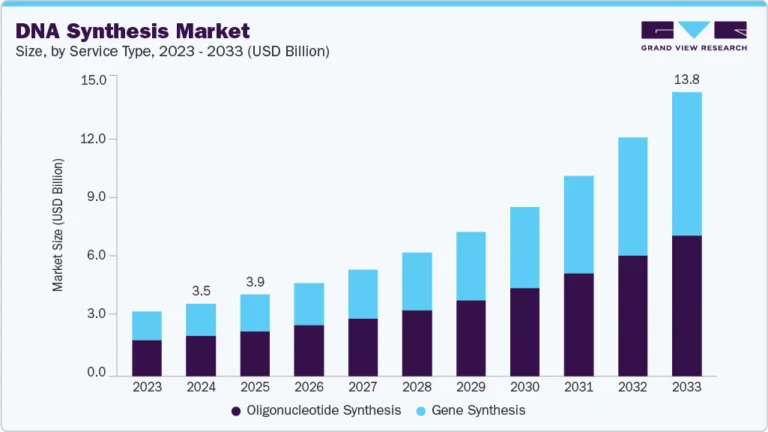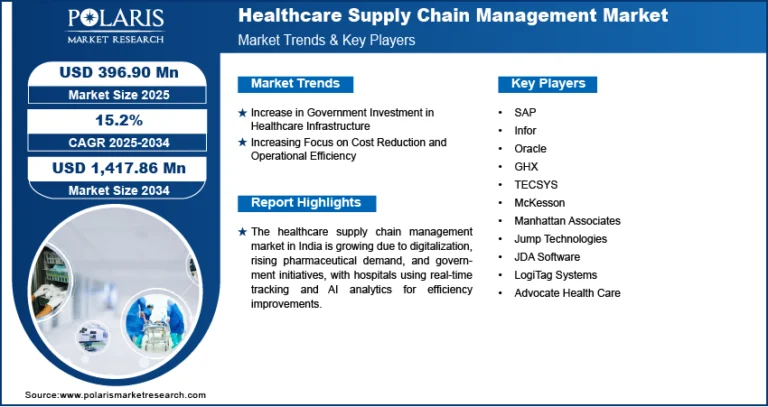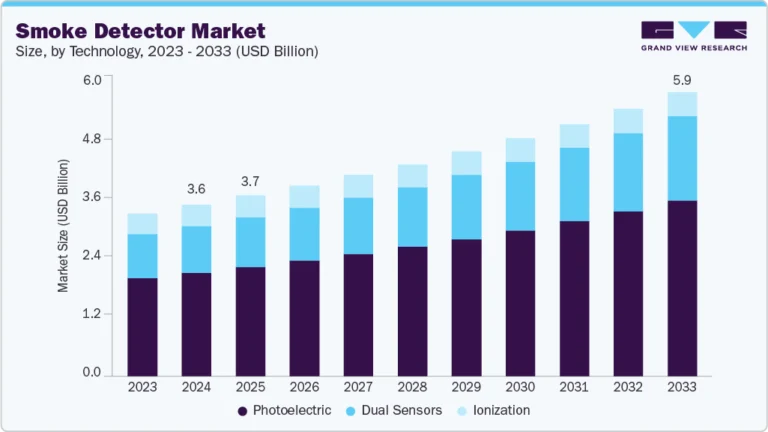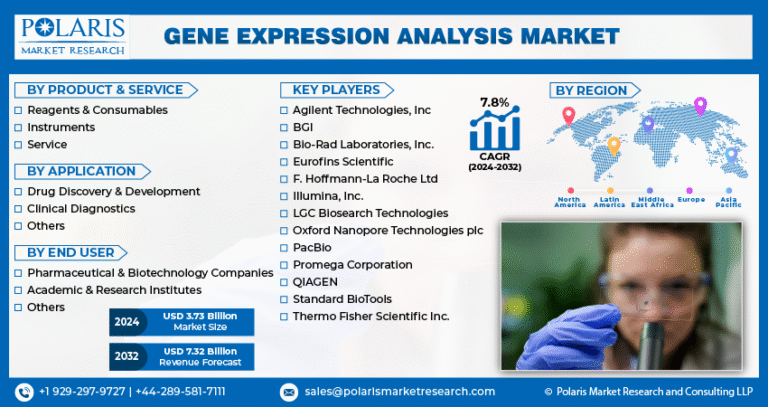Forensic Imaging Market is anticipated to reach USD 251.30 million by 2034, progressing at a CAGR of 10.4%.
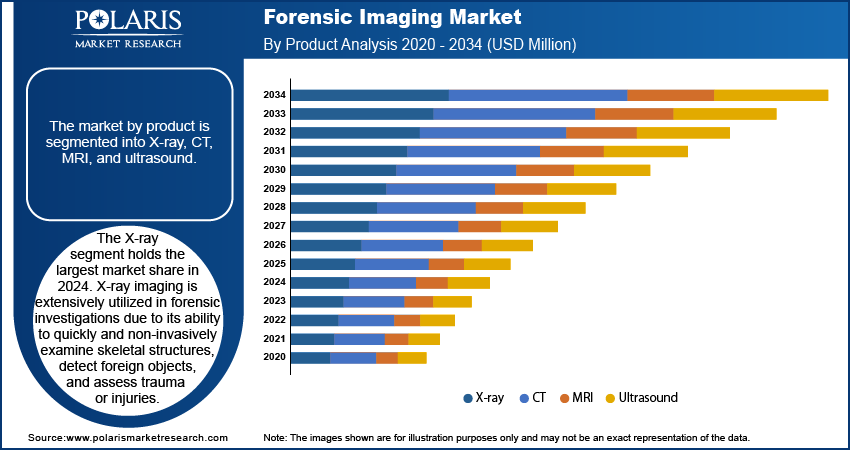
The forensic imaging market was valued at USD 93.22 million in 2024 and is expected to reach USD 102.73 million in 2025. The market is projected to experience significant growth over the forecast period, reaching USD 251.30 million by 2034, with a compound annual growth rate (CAGR) of 10.4% from 2025 to 2034. Key factors driving the forensic imaging market include government support for forensic research, the growing use of digital forensic applications, and the integration of artificial intelligence (AI) into imaging technologies.
Market Trends & Insights:
- Advancements in Imaging Technologies: The adoption of high-resolution 3D imaging, post-mortem CT, and MRI techniques is revolutionizing forensic investigations, providing more accurate and non-invasive analysis of bodies and evidence.
- Rising Crime Rates and Need for Efficient Forensics: An increase in criminal activities, coupled with a growing demand for accurate and rapid forensic evidence, is driving the integration of imaging solutions in forensic science across law enforcement and pathology sectors.
- Integration of AI and Automation: Artificial Intelligence (AI) is increasingly being used to analyze forensic images, aiding in faster pattern recognition, reducing human error, and improving overall case turnaround times.
- Growing Use in Academic and Research Institutions: Forensic imaging is gaining traction in medical and forensic science programs, supporting research, training, and simulation for medico-legal investigations and pathology students.
Market Size & Forecast:
- Market size value in 2025: USD 102.73 million
- Revenue forecast in 2034: USD 251.30 million
- CAGR (2025–2034): 10.4%
𝐆𝐞𝐭 𝐄𝐱𝐜𝐥𝐮𝐬𝐢𝐯𝐞 𝐒𝐚𝐦𝐩𝐥𝐞 𝐏𝐚𝐠𝐞𝐬 𝐨𝐟 𝐓𝐡𝐢𝐬 𝐑𝐞𝐩𝐨𝐫𝐭:
https://www.polarismarketresearch.com/industry-analysis/forensic-imaging-market/request-for-sample
Generic Market Overview:
The forensic imaging market is experiencing notable growth as law enforcement and forensic science continue to adopt advanced imaging technologies to improve the speed, accuracy, and reliability of investigations. Non-invasive techniques such as post-mortem CT and MRI have become essential tools in forensic pathology, enabling detailed internal examinations without the need for traditional autopsies. These technologies are also increasingly utilized in courtrooms as visual evidence to support legal proceedings.
Moreover, the growing integration of digital imaging and AI-powered analysis is streamlining forensic workflows and reducing human error. As criminal cases become more complex and demand quicker resolutions, the need for accurate, technology-driven forensic methods is rising. Institutions and governments are investing in digital forensics infrastructure, making forensic imaging a critical component of modern-day crime-solving efforts.


